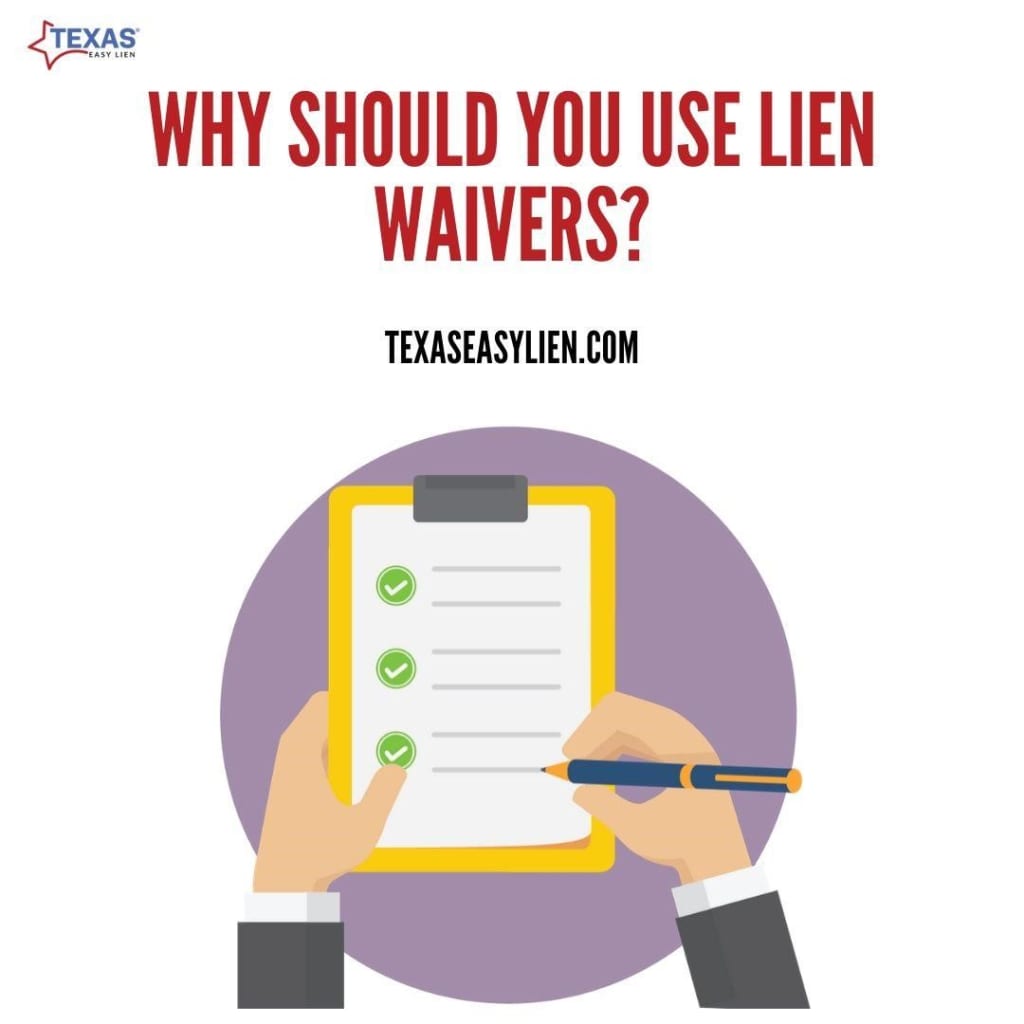Why should you use lien waivers?
Lien waivers could possibly be the most absent document in a construction project.

Lien waivers could possibly be the most absent document in a construction project. Nonetheless, they play a very important role for both, the contractor and the project owner and could even be the one document that makes the difference between having the right to file a lien or not.
A lien waiver is a document that waives and forfeits the right to file a lien on a specific payment or claim. Project owners, lenders and developers, can request the signature of a lien waiver in exchange of full or partial payment and prevent future lien claims
Texas has strict and specific rules and requirements for construction lien waivers. Texas is not only one of the 12 states that provide statutory lien waiver forms, but it is also just one of three states that require lien waivers to be notarized. If you try to modify or edit these forms or try to add or make any changes then the lien waiver will be invalid or unenforceable. Texas lien waivers can be notarized by any notary out of state which makes it easier for parties performing work in Texas, but not based in the state.
Types of Lien waivers
There are 4 types of Lien Waiver forms explained below.
1. Conditional Waiver and Release on Progress Payment – to be used when a contractor/subcontractor is required to execute a waiver and release before receiving a progress payment, or the progress payment is made by check.
2. Unconditional Waiver and Release of Progress Payment – to be used when a contractor/subcontractor is required to execute a waiver and release to prove the receipt of a progress payment.
3. Conditional Waiver and Release on Final Payment – to be used when a contractor/subcontractor is required to execute a waiver and release before receiving a final payment, or the final payment is made by check.
4. Unconditional Waiver and Release on Final Payment – to be used when a contractor/subcontractor is required to execute a waiver and release to prove the receipt of a final payment.
Construction developers and homeowners can benefit from learning about the 4 lien waiver forms. When a contractor signs an unconditional lien waiver, the rights to file a mechanics lien for the work performed on the project until the specified date get waived.
However, there are some notable exceptions to their waivers, for example written contract in relation to accord and satisfaction disputes, settlement of a pending court or arbitration proceeding, or agreements made after a lien affidavit claim has been filed. Many times, due to false practices it might lead to project disputes. When everything is performed correctly, the concern of liens surfacing weeks or even months after the last payment is made should be over.
About the Creator
Georgie Barney
Georgie is an expert in writing about legal forms and documents that may help you when you are in the search of the right legal document.






Comments (1)
You are right, because some businesses have inherent risks. No matter how much you plan and try to avoid, they can often be unavoidable. I also have a business that involves risks and I found the article https://guanabee.com/what-are-types-of-waivers/ very helpful, where I found everything I needed to know about forms of liability exemption and disclaimer. I hope my answer is helpful to you.